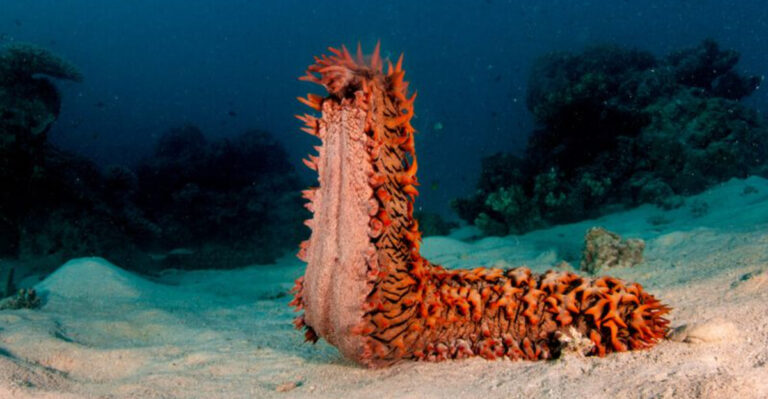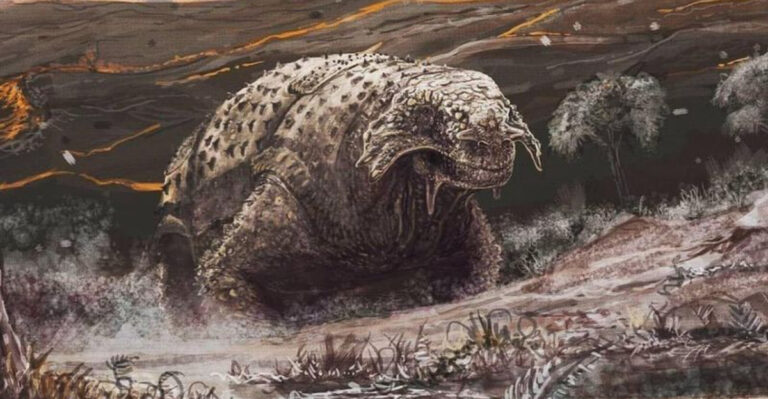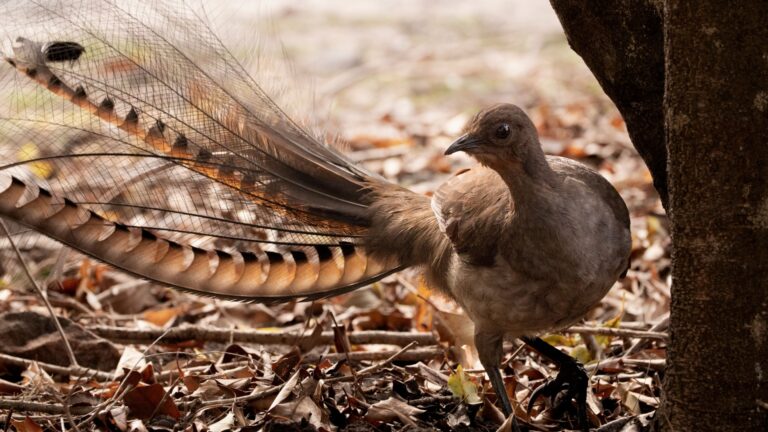Meet 9 Wild Dogs That Are Just As Amazing As Regular Wolves
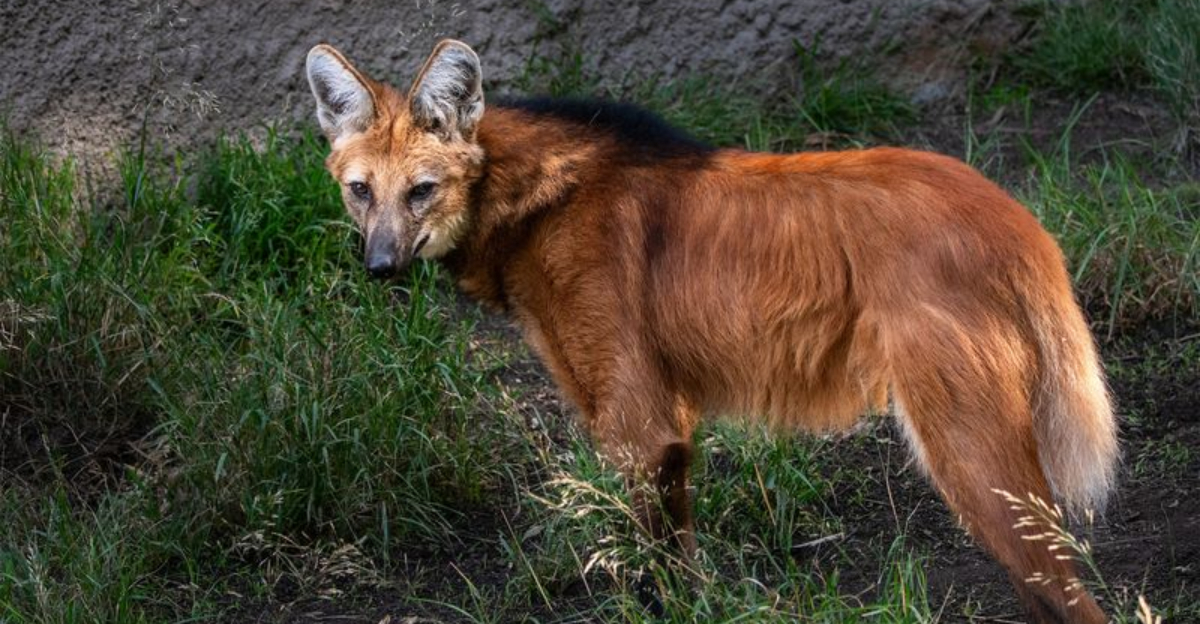
Exploring the world of wild dogs reveals the remarkable diversity of nature. From the familiar wolf to the lesser-known dhole, these creatures are vital to their ecosystems.
In this list, we’ll highlight distinct species of wild dogs, each with unique traits and adaptations.
1. Raccoon Dog
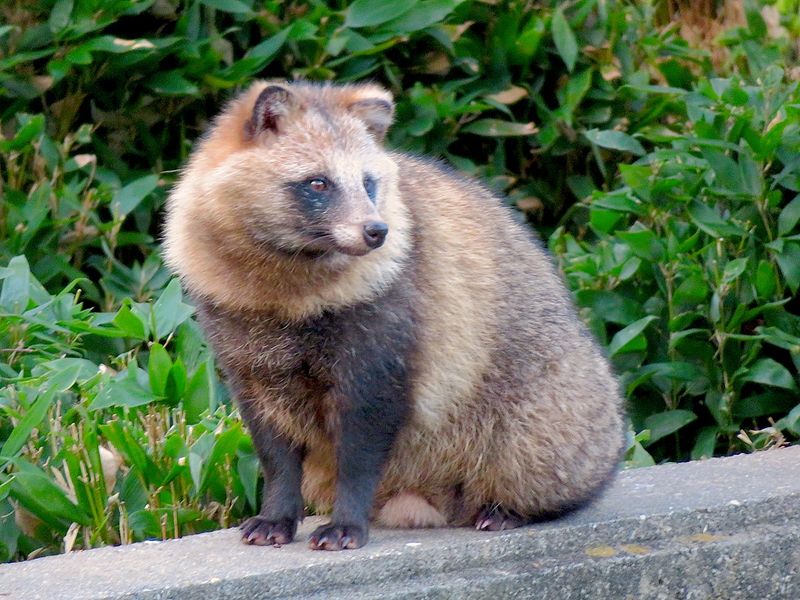
The raccoon dog is a fascinating creature, often mistaken for a raccoon due to its striking facial markings. Found primarily in East Asia, these wild dogs thrive in forests, mountains, and marshes.
Known for their adaptability, raccoon dogs are omnivorous, eating anything from fruits to small mammals. Despite their name, they aren’t closely related to raccoons, offering a unique glimpse into evolutionary diversity.
Raccoon dogs are also notable for their ability to hibernate, a rare trait among canines. Their thick fur not only provides warmth but also helps them blend into their surroundings, evading predators with ease.
2. Dhole
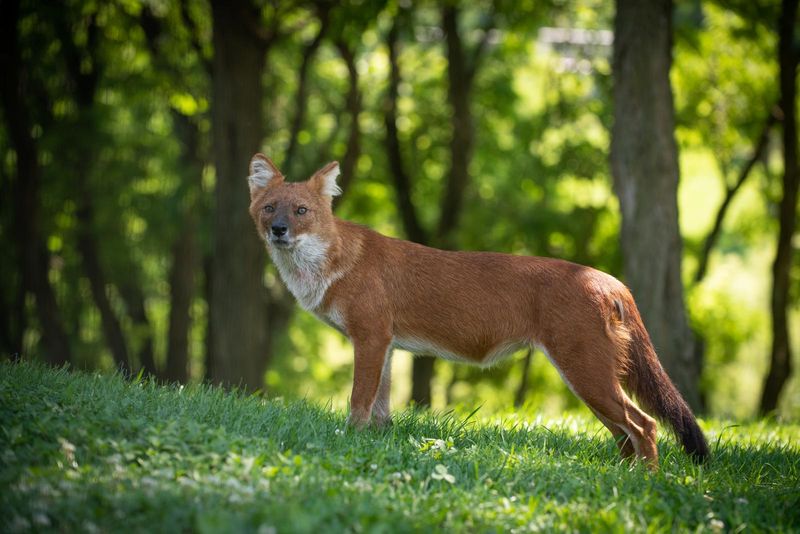
The dhole, or Asiatic wild dog, is a fascinating member of the wild dog family found in Central, South, and Southeast Asia.
With their reddish coats and bushy tails, they live in structured packs of 5 to 12 individuals, though larger groups have been seen.
Dholes are skilled hunters, using coordinated strategies to hunt deer, wild boar, and smaller mammals, and communicate with whistles, clucks, and high-pitched screams instead of howling.
Despite their hunting abilities, dholes face threats from habitat destruction and competition with predators like tigers and leopards, making conservation efforts crucial for their survival.
3. Bush Dog
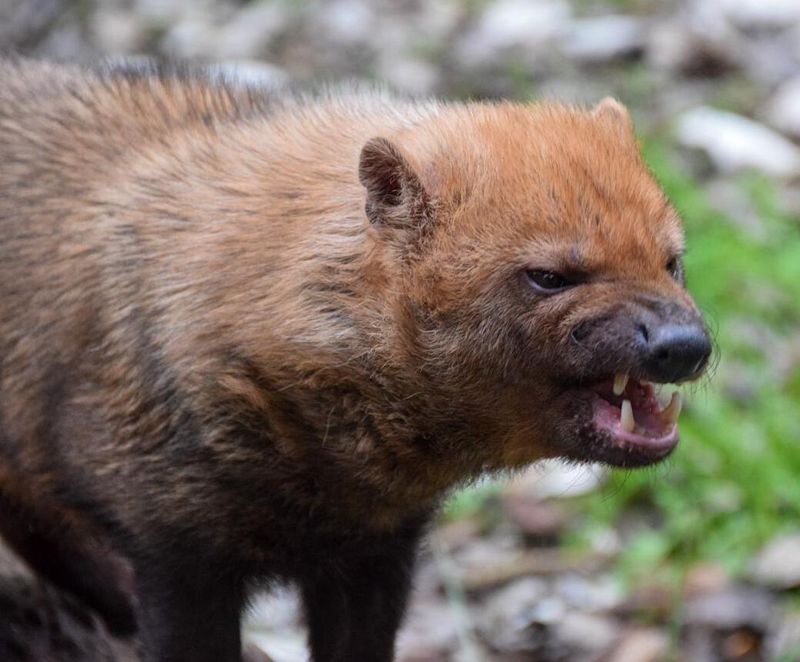
The bush dog is a small, elusive wild canine found in the rainforests and savannas of Central and South America.
With short legs, a compact build, and round ears, they have a distinctive look among wild dogs. Living in small family packs, bush dogs are excellent swimmers and primarily hunt small mammals, birds, and reptiles in waterlogged areas.
Facing threats from habitat destruction and competition with larger carnivores, conservation efforts focus on protecting their habitats to ensure their survival and the health of their ecosystems.
4. African Wild Dog
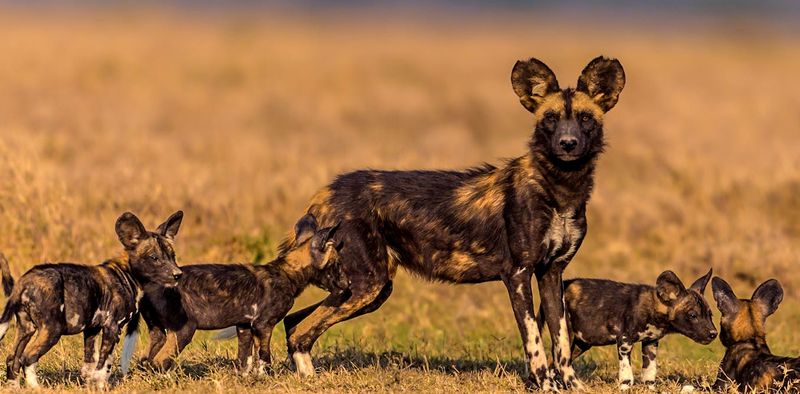
The African wild dog, or painted wolf, is a unique and endangered canine species native to sub-Saharan Africa.
Known for their mottled coats of black, brown, white, and yellow patches, they live in highly social packs led by a dominant breeding pair.
These dogs use a cooperative hunting strategy, working together in relay formations to exhaust and catch prey like antelopes and zebras.
Despite their success, African wild dogs face threats from habitat loss, human-wildlife conflict, and diseases, making conservation efforts essential for their survival and the health of the African savannah ecosystems.
5. New Guinea Singing Dog
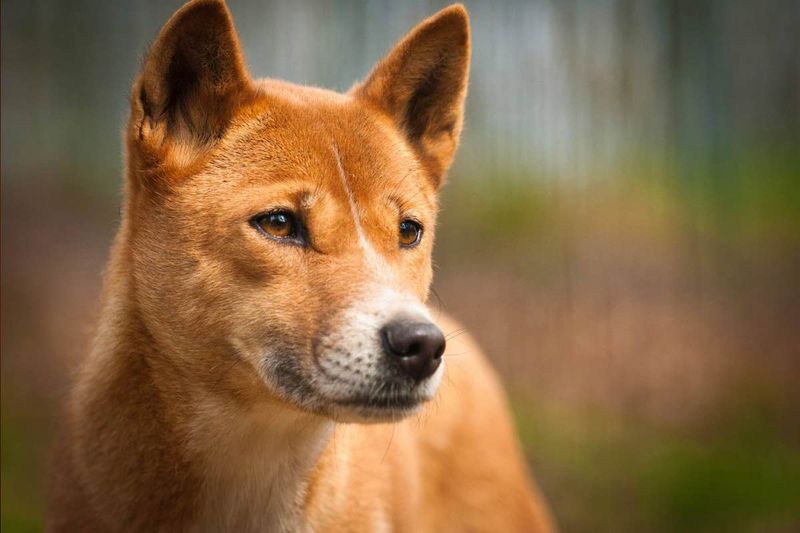
The New Guinea singing dog is a rare and primitive wild dog, famous for its distinctive vocalizations that resemble singing.
Native to New Guinea’s highlands, these dogs have a sleek body, pointed ears, and a fox-like face.
Highly intelligent and agile, they thrive in their rugged mountainous habitat, feeding on small mammals, birds, and fruits.
Sadly, their population is decreasing due to habitat loss and hybridization with domestic dogs, leading conservationists to work on preserving their genetic purity and protecting their environment.
6. Maned Wolf
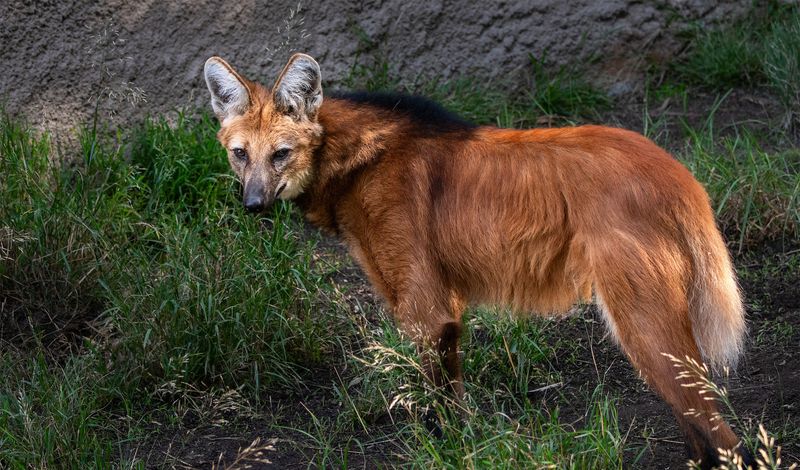
The maned wolf, native to South America, is a unique wild dog with long legs and reddish fur, resembling a fox on stilts.
It’s the only member of its genus, Chrysocyon, and is often found in the grasslands and scrub forests of Brazil, Argentina, and Paraguay.
Its diet is omnivorous, consisting of small mammals, birds, insects, and plants like the lobeira fruit.
Classified as near-threatened due to habitat loss and roadkill, conservation efforts are crucial to protect its natural habitat and maintain ecological balance.
7. Short-Eared Dog
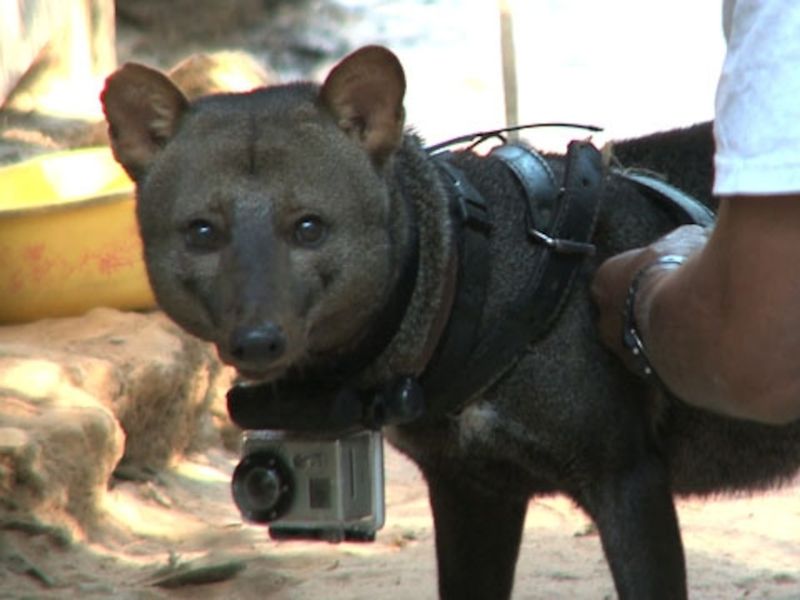
The short-eared dog is an elusive resident of the Amazon rainforest, known for its reclusive nature and distinctive appearance. With a slender build and short ears, these dogs are experts at navigating dense jungle foliage.
Their diet mainly consists of small animals, birds, and fruits, making them versatile hunters. However, spotting one in the wild is a rare treat due to their shy demeanor.
These dogs play a crucial role in maintaining the ecological balance of their habitat. Their unique adaptations to the rainforest environment showcase the incredible diversity of wild canine species.
8. Ethiopian Wolf
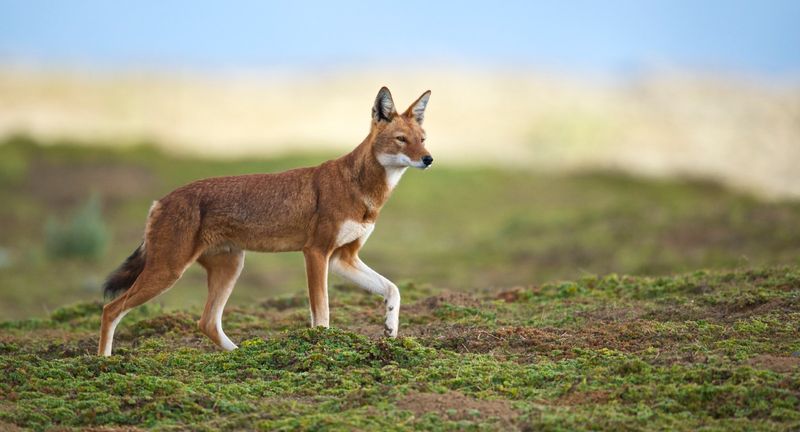
The Ethiopian wolf is one of the rarest and most endangered canids, found only in the highlands of Ethiopia.
With its slender build, reddish coat, and pointed ears, it resembles a small fox more than a wolf. Although they live in packs, Ethiopian wolves hunt alone, preying on small mammals like rodents and hares.
Their specialized diet makes them vulnerable to changes in prey availability, and threats like rabies and canine distemper further jeopardize their survival.
9. Gray Wolf
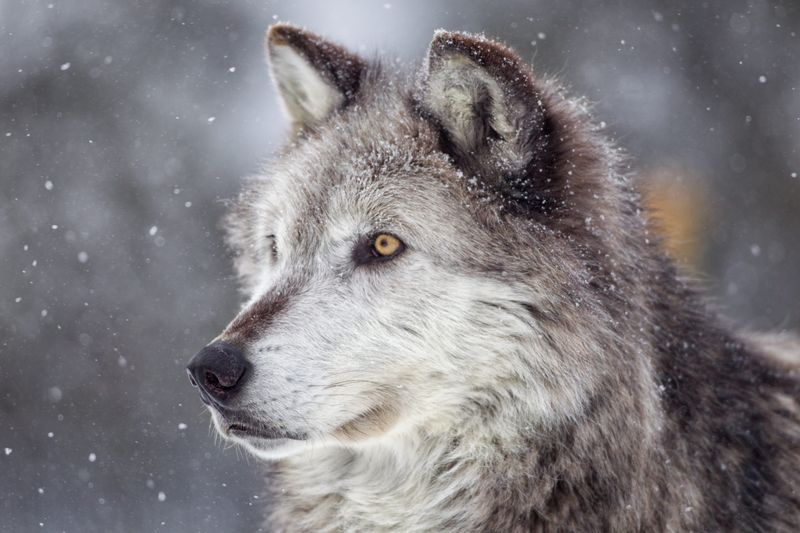
The gray wolf, *Canis lupus*, is one of the most iconic wild dogs, found across North America, Europe, and Asia.
Known for their intelligence and complex social structures, gray wolves live and hunt in packs, typically ranging from 6 to 8 members, though packs can be as large as 30.
Their diet consists mainly of large ungulates like deer, elk, and moose, but they are adaptable hunters, also preying on smaller mammals, birds, and even fruits.
Wolves play a critical role in ecosystems, such as in Yellowstone National Park, where their reintroduction helped restore balance by controlling elk populations, allowing vegetation to recover and benefiting other species.

